
How to Get Started with Trail Running
Sick of pounding the pavement every day? It’s time to trail run.
Trail running gives you fresh views and diverse terrain that keep you mentally and physically stimulated. The Gear.com experts are here to give you the full lowdown on how to get started with trail running. From gear to techniques to trails, we’ve got you covered.
What Is Trail Running?
Known as off-road running, trail running is an outdoor activity where people run on diverse terrain.
Contrary to popular belief, trail running does not have to happen in the mountains. Trail running is all about running in nature sans paved, surfaced, and asphalt roads.
Trail running provides the opportunity to run on trails, rocks, mud, grass, snow, and more. It’s a great way to change up your usual workout routine and have fun with nature’s terrain. Involved are ascents and descents that require extra physical work to keep your body balanced.
What to Bring for a Trail Run
First things first—you need the proper gear. With the right running gear, you'll feel confident, safe, and good about the journey ahead.
Shoes
Shoes are the most critical gear for trail runners. What shoes to wear depends on the terrain you’ll be running on.
For example, if your trail run will be on a gravel road, you might get by with your usual running shoes. But if your trail run consists of roots, rocks, or slippery mud, you’ll need proper trail-running shoes.
Here’s how trail-running shoes differ from standard running shoes:
- They carry a lot of traction at the bottom of the feet to help you grip uneven terrain.
- They feature reinforced rubber midsoles and toe tips to protect your feet and toes from debris, rocks, sticks, etc.
- They generally have thicker and wider soles to help stabilize the feet, so your ankles don’t roll amid sharp turns.
- To keep water out of your shoes, they usually come with waterproof elements, like gusseted tongues and/or moisture-wicking lining.
For reference, here are Gear.com’s selection of trail running shoes:
Clothing
It’s good to wear layers during a long trail run. You might start out feeling cold but warm up later as you get further into your run. You might also get cold again during a break.
Easily manage your comfort level while on the go by sticking to moisture-wicking merino wool or synthetics. Materials like cotton can get uncomfortable since they take longer to dry and cool.
Opt for the following items and get longer/warmer clothing for the colder seasons:
- Shorts/pants
- T-shirt/tank top
- Windbreaker or soft-shell jacket
Food/Liquids
Fuel is essential in helping you hit the trail and feel your best. You don’t want to get dehydrated during your run and risk injuring yourself.
Be sure to pack the following:
- Water: From hydration vests to handheld water bottles, there are plenty of options you can take with you on your run.
- Carbs: Carbohydrates energize you during your run. Carbs include gels, chews, sports drinks, and fruit.
- Protein and fats: Protein and fats are ideal snacks for pre- and post-workout. They help you rebuild tissues and recover. Protein and fats include energy bars, nuts, beef jerky, and PB&J.
If you’re running for less than an hour, you can probably get by with just water. For runs lasting over an hour, you should pack carbs and protein. Aim to consume 200-300 calories of carbs each hour.
Accessories
There are three types of accessories you shouldn’t forget before hitting the trails.
Sun Protection
Protect your eyes and body from UV rays. Make sure to take a pair of sunglasses, put on a hat, and wear SPF lotion before heading out.
Backpack/Hydration Pack
A hydration vest can be an efficient way to hydrate on the go. There’s no need to stop mid-run to sip on your water bottle. Vests also come with nifty pockets to store your phone and snacks.
Learn how to choose the best hydration pack for running.
Navigation Tools
If you’re headed to an unfamiliar or remote trail, navigational tools like a map, compass, or GPS unit can keep you safe and on track even when there isn’t any cell signal.
How to Find a Trail
So you’ve got all the essential trail-running gear. Now it’s time to find a trail.
1. Local Trails
Start small and work your way up. Look for city or state parks in your area or a quiet gravel road.
Apps like AllTrails are a great way to look into local trails to try out. You can get insight into difficulty level, distance, elevation gain, and more.
2. Local Running Clubs
Find a local running club or group and ask for recommendations on optimal trails for your fitness level. Or better yet, join one and gain some trail run buddies!
You can easily find running groups on platforms like Facebook and Meetup.
3. Guidebooks and Websites
There’s nothing you can’t find online in today's digital world. Look up running or fitness blogs and online guidebooks to help you plan your trail run accordingly.
How to Start Trail Running: 5 Techniques
Keep a few trail running techniques in mind as you’re blazing through your path.
1.Use a Short Stride
To maintain your balance on uneven terrain, stick to a short stride—land with your feet beneath your body.
When terrain steepens, shorten your stride even more. Take frequent steps to protect your ankles, feet, and legs from injury.
2. Keep Your Back Straight
It can feel natural to lean forward, especially when you’re going up a steep incline. Try to keep your back straight at all times. This will help you breathe effectively and maintain a good balance.
3. Keep Your Eyes on the Trail
Look out for any obstacles ahead of you to avoid falls and injuries. Keep your eyes focused on the trail about 10 to 15 feet in front of you.
4. Think in Terms of Time—Not Mileage
Compared to road running, trail running is difficult. It can take double the amount of time to cover the mileage you’re used to running on the road.
Instead of focusing on mileage, focus on time. Don’t put so much pressure on yourself. Just have fun!
5. Remember Trail Etiquette
Last but not least, keep trail etiquette in mind:
- Make your presence known to hikers on your trail by saying, “On your left!” Once they are aware of your presence, pass to their left.
- If you encounter a biker coming downhill and you’re going uphill, the biker should yield to you. But make sure they see you. You can announce your presence and pass them if you are both going uphill.
Shop Our Hand-Curated Running Gear
Ready to hit the trails? If you need high-quality trail running gear, Gear.com has you covered. Shop our hand-curated running collection to feel more confident and comfortable on your next journey.





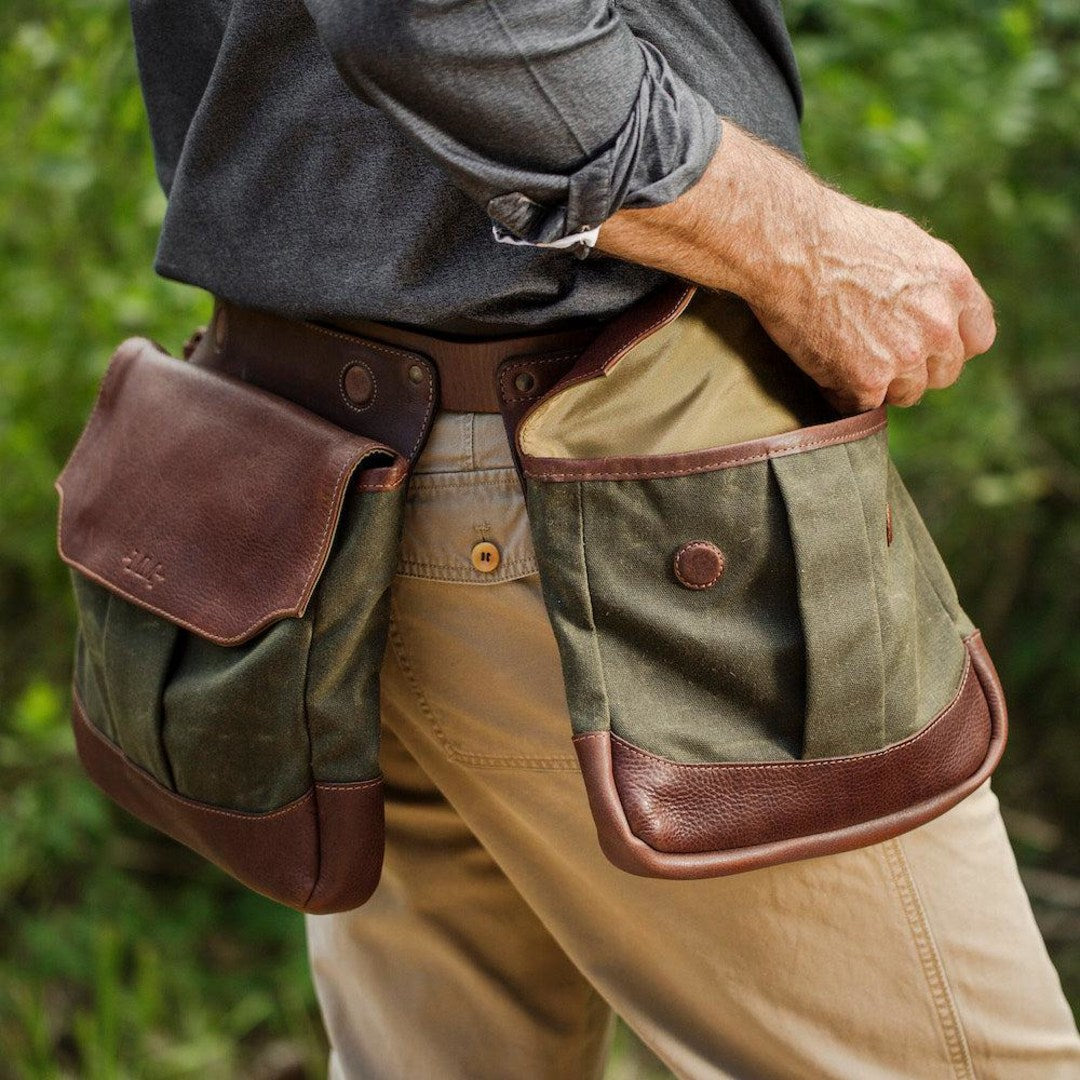
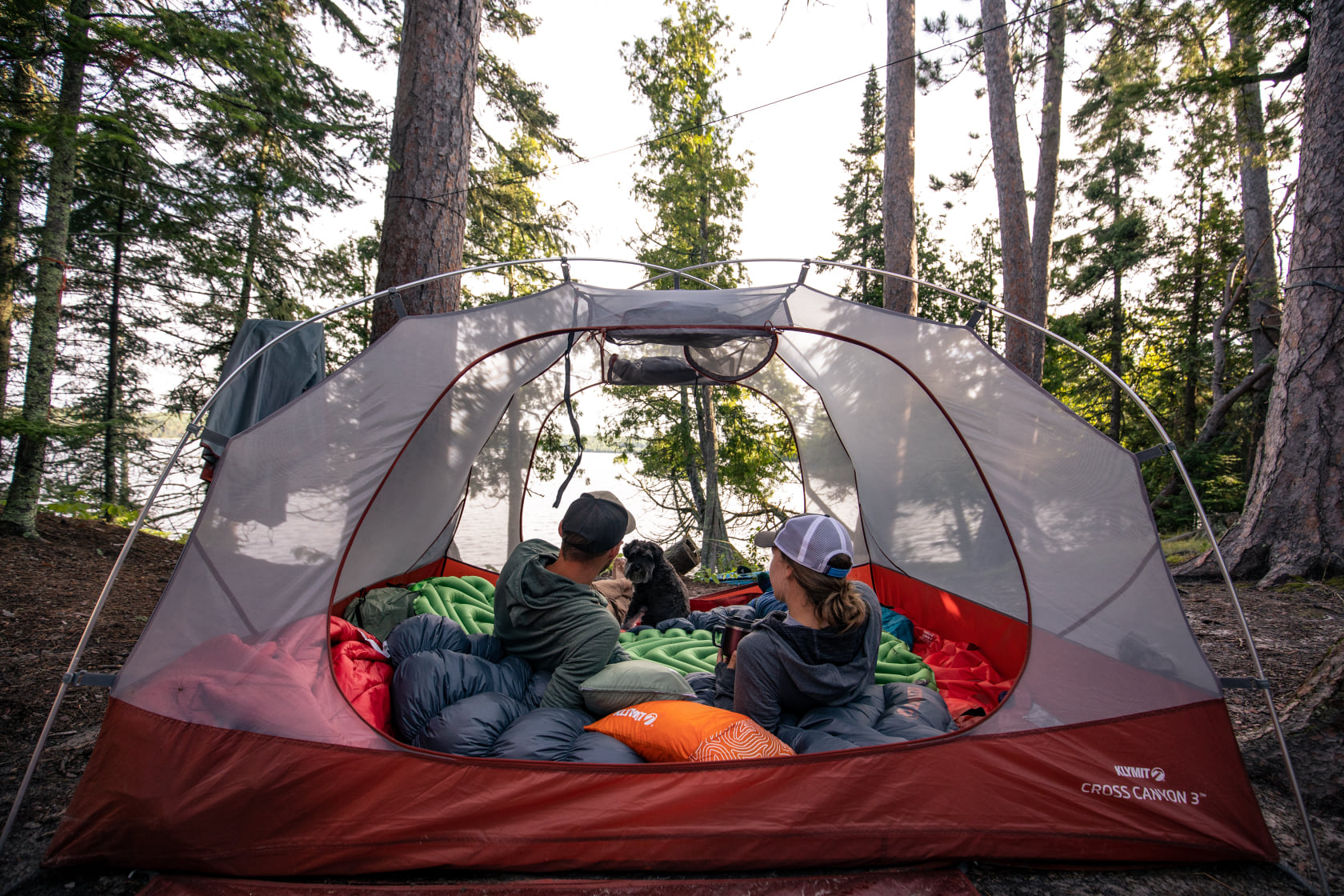

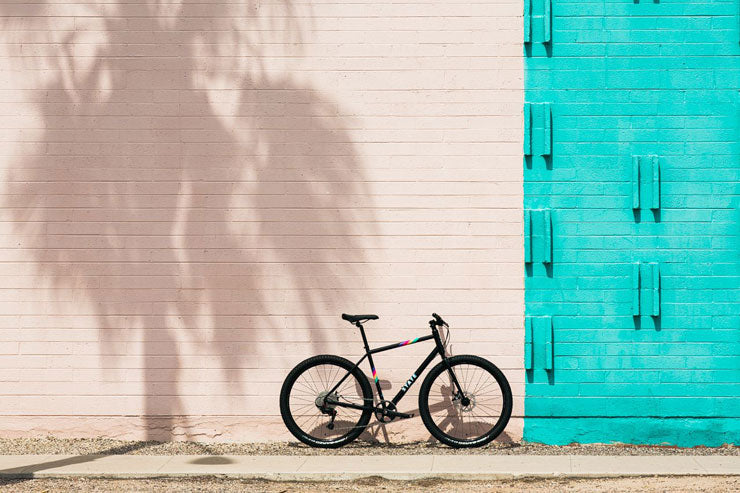


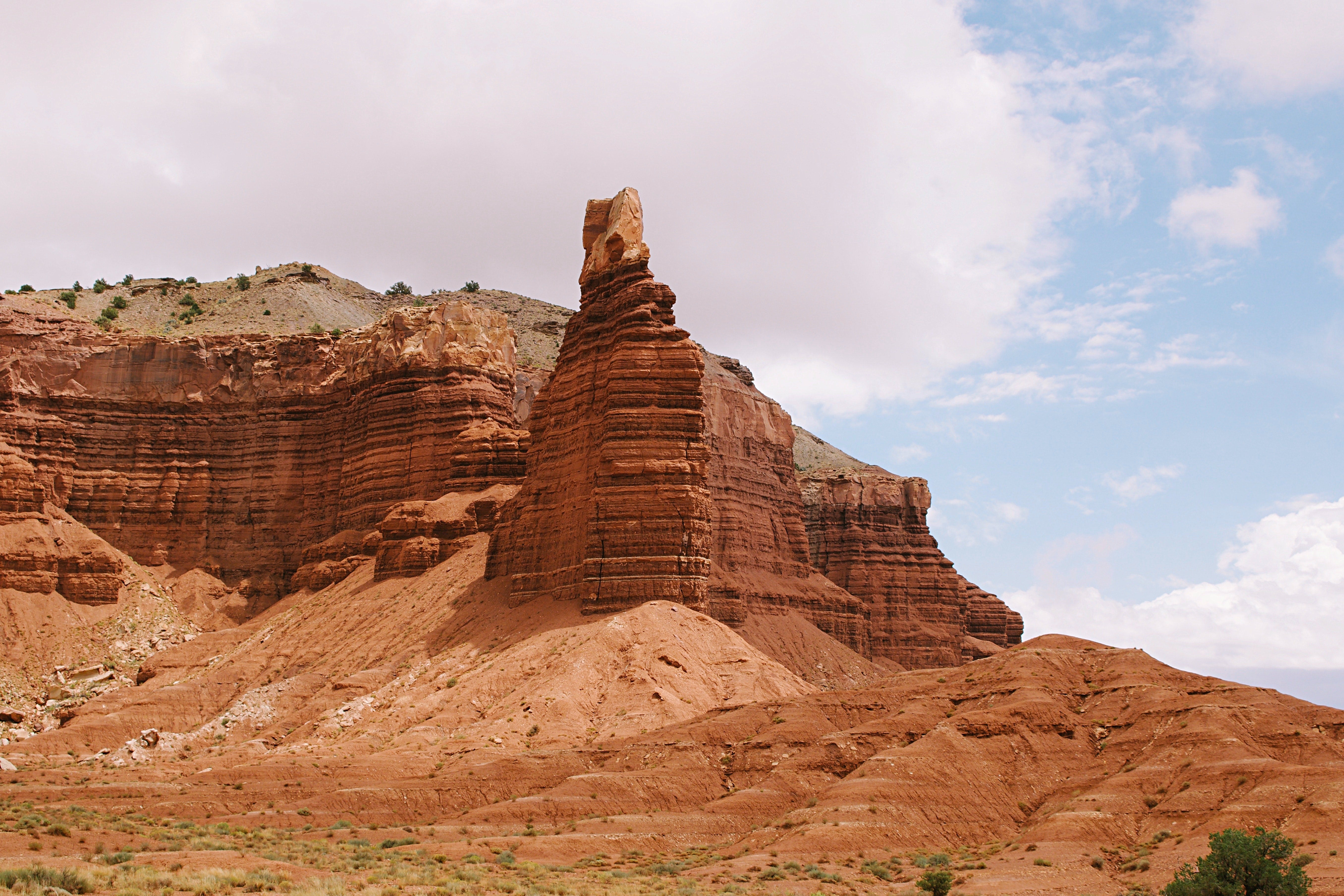
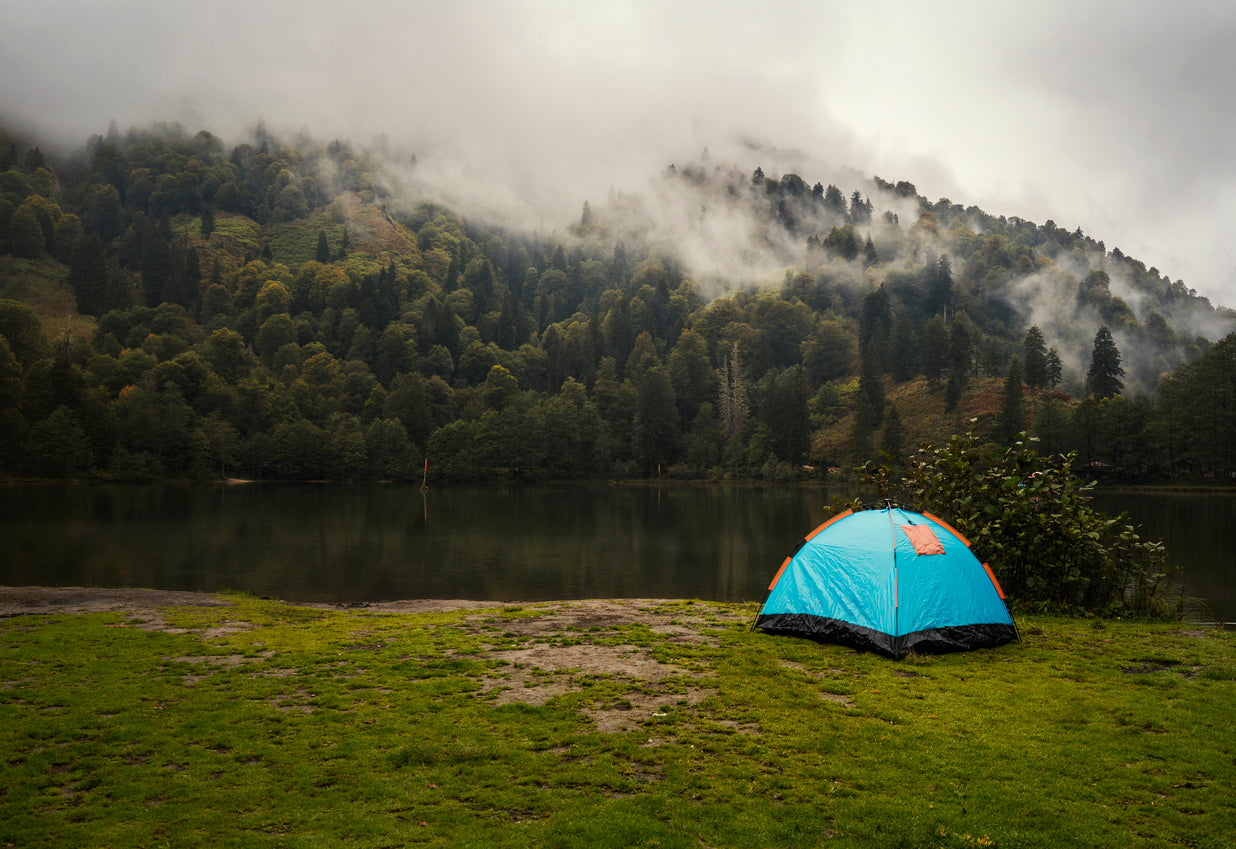
Leave a comment
This site is protected by hCaptcha and the hCaptcha Privacy Policy and Terms of Service apply.